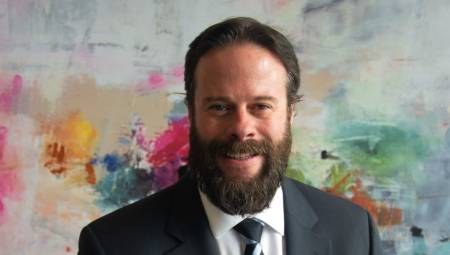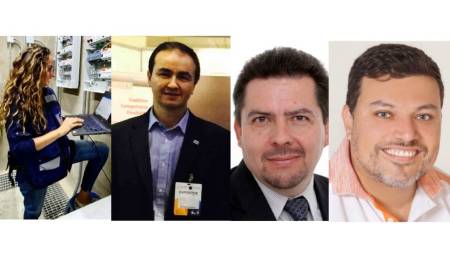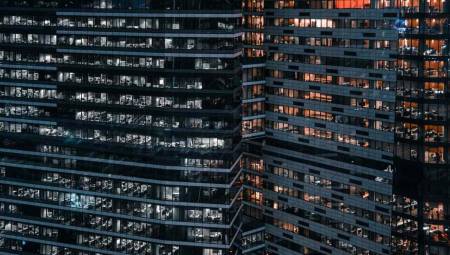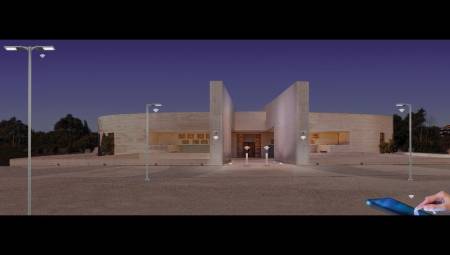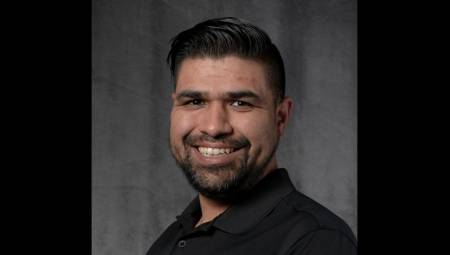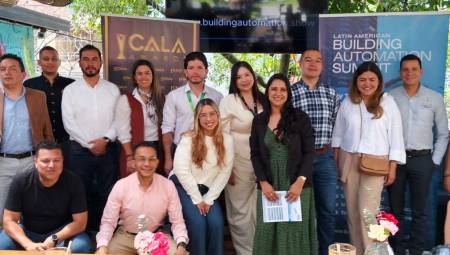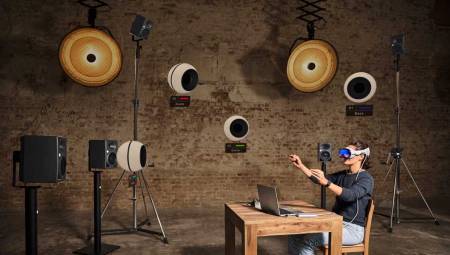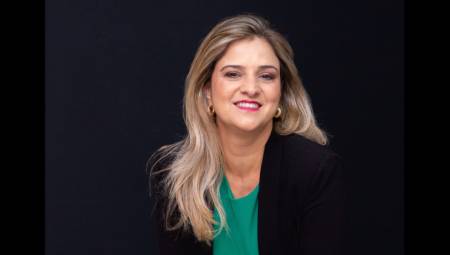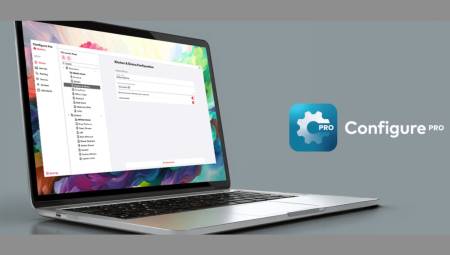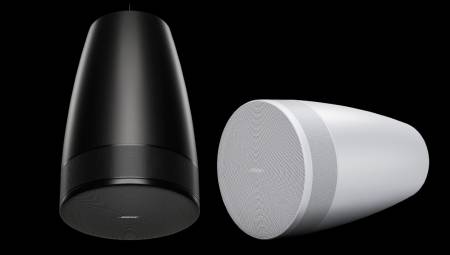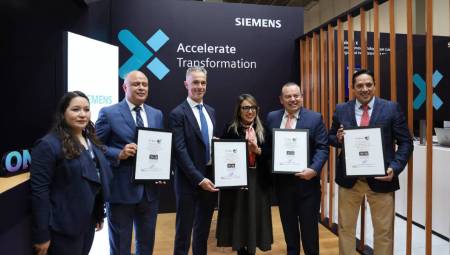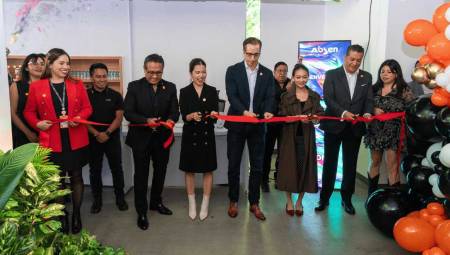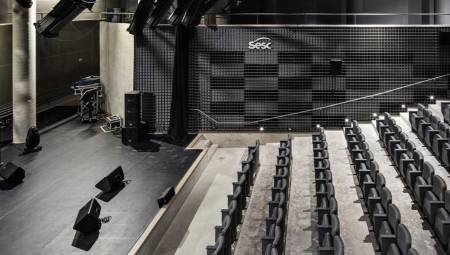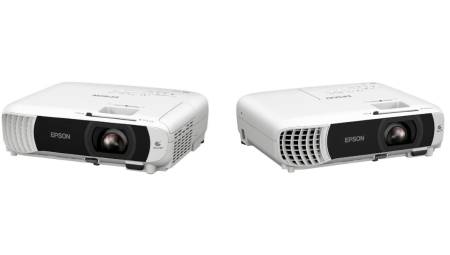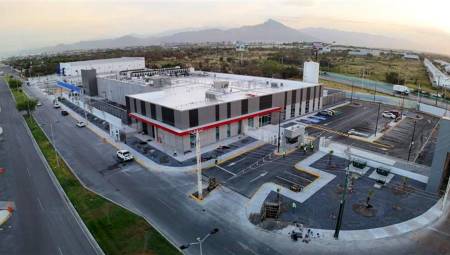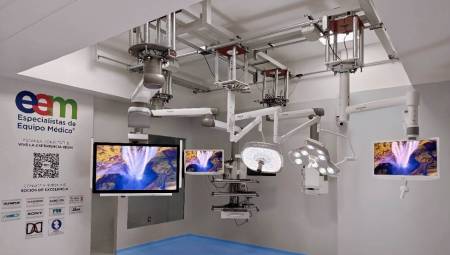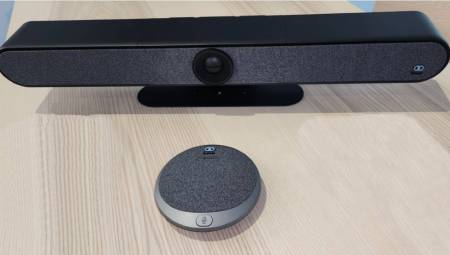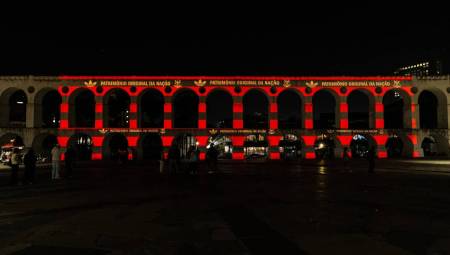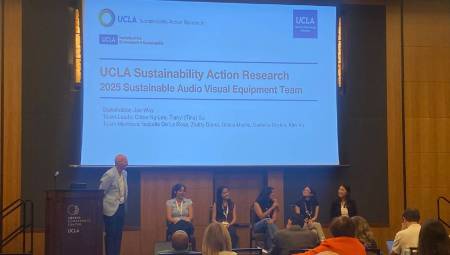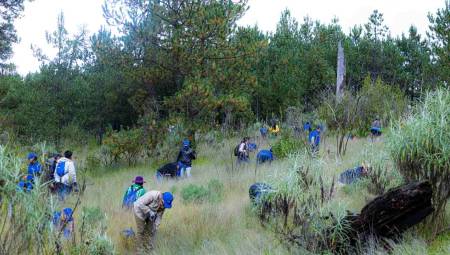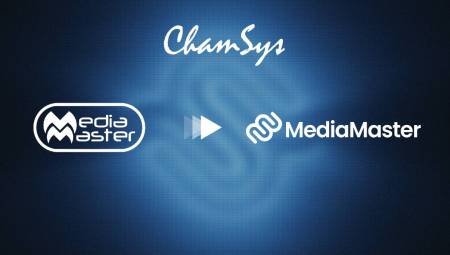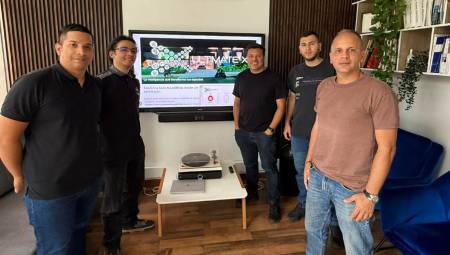 Although it has been used successfully in the television sector, the characteristics of A/V signals suggest fiber optics as the best alternative for sending images with high graphic quality. This is an approach to clear up doubts.
Although it has been used successfully in the television sector, the characteristics of A/V signals suggest fiber optics as the best alternative for sending images with high graphic quality. This is an approach to clear up doubts.
By: Julián Arcila
Latin America will end up becoming in the coming years a good market for fiber optics, all as a result of the advent of digital television and the growing transmission of high-definition (HD) audio and video signals. This was reported by Frank Jachetta, vice president of Multidyne, a company dedicated to the development of devices that use this technology.
And it is that according to the expert, there is currently no other medium that can transmit high-definition video signals more than optical fiber, a modality that, however, has a great enemy for its massification: the ignorance of it by the same users, which derives from the fact that sometimes erroneous decisions are made due to factors, not always correct, as far as laying video transmission media is concerned. This problem, which is experienced not only in Latin America but in other regions of the world, ends up affecting the end user, since the facilities that are contracted will not always have the expected results in terms of definition.
According to the guest, fiber optics is currently a more economical and easy to install means of sending signals than a few years ago. "A lot of people still don't know or haven't discovered that sometimes fiber is less expensive than copper and much more powerful," Jachetta said.
A convergent technology
For a couple of years in all technological branches there has been talk of convergence, which, basically, can be interpreted as the confluence of two or more branches or areas of work in a single one, serving as a consequence more users from different niches. In that sense, fiber seems to be definitely oriented to take a dominant role within the field of transmission.
Although television continues to be among the largest users of fiber, this mainly due to the applications of HD and STI (Digital Serial Interface), the uses will be increasingly wide and varied as the term convergence becomes a reality and the professional audio and video sector is integrated with that of television production and transmission.
"We have seen that in professional A/V applications 3G, HD and STI are used just as they would on television. Even we ourselves have a large facility in downtown Las Vegas where there is basically a state-of-the-art TV station for a casino and convention center," Jachetta said.
And the growth of this technology is so widespread that even in Latin America there is already talk of large facilities, such as one made by MultiDyne in Honduras, where there is a network of 500 kilometers of SDI -standard used for the transmission of video signals (with the option of including embedded audio) without compressing and encrypting within television stations-, 80 km for each branch.
Many myths, few truths
With fiber optics you always have several premises, some certain others not so much. One of the things that is most seen is that the information is biased and in that sense it ends up confusing the consumer more. In this segment, ignorance undermines the possibility of geographically expanding the use of a solution that is perhaps more robust and offers multiple possibilities.
The first of these aspects is that of cost. Fiber optics have traditionally always been seen as a more expensive option than coaxial and UTP Cat–5. The values can refer, for example, to the installation itself, to the value of the fiber or to the manufacture of the terminals, an aspect that previously required a lot of training due to its complexity. But according to Jachetta, this aspect is not entirely true at present. "Fiber prices have fallen dramatically, but people still think it's an expensive medium. Making the terminals for fiber has also become extremely easy, when before it was a difficult process that required training. What happens now is that it can be done as quickly as with coaxial cable. Once I was in one of the training sessions and an assistant engineer was finishing standard monomodal connectors sitting on the floor," he said.
This indicates then that training needs could today be on the same scale as that required for other transmission systems. As for the fiber terminals, Frank commented that "with the resources currently available and with a small investment anyone would be able to finish copper or fiber with just one session of 10 minutes."
Something that is certain is that the initial fiber investment may be higher, but the return on investment occurs with the same use of the cable. "If you compare throwing a coaxial cable and a fiber optic cable, maybe the former may be easier, but with the latter it has hundreds of signals; so it would take hundreds of copper wires to match what you can do with a fiber one," Frank explained.
In technology there is almost never a last word. Consequently, the most appropriate thing would be to start learning about the characteristics of this means of transmission, because with the advances in the A/V sector it is quite feasible that greater channels will begin to be required for the sending of signals. Things are often done by force and as Frank said "due to bandwidth and high resolutions the tendency of the industry is really to work with fiber, mainly because it is really the only option and people are forced to explore, and then realize that it is not so difficult or its use, nor its installation."






